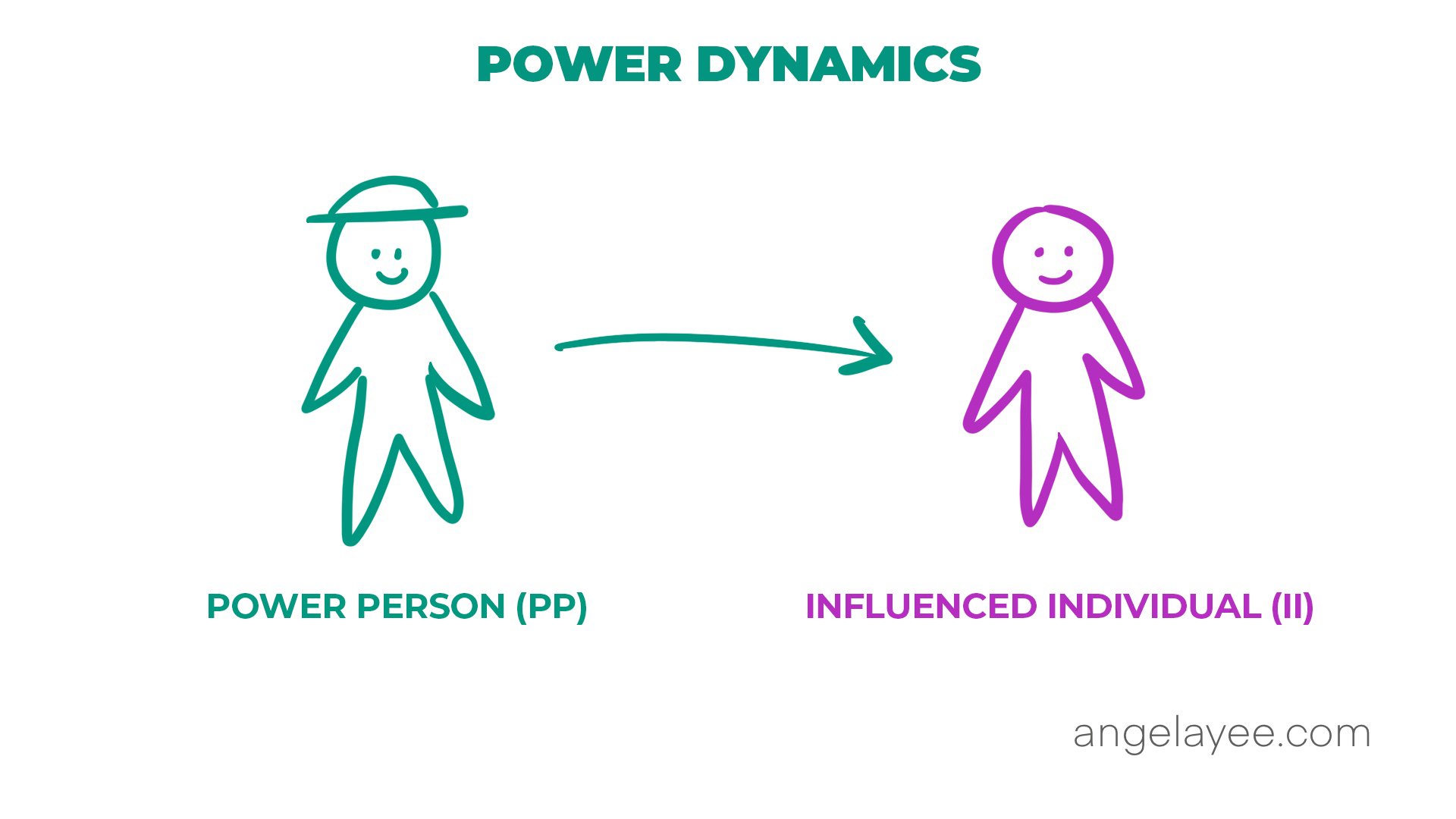The AI Race: How The US And China Surpassed The Middle East

Table of Contents
US AI Dominance: A Multi-faceted Advantage
The US enjoys a multifaceted advantage in the AI race, built upon decades of investment and innovation. This dominance stems from robust research and development coupled with a thriving private sector.
Robust Research & Development
The US boasts a robust ecosystem for AI research and development:
- Significant Government Funding: Agencies like DARPA (Defense Advanced Research Projects Agency) have poured billions into cutting-edge AI research, pushing the boundaries of artificial intelligence.
- Strong University Programs: Top universities like MIT, Stanford, and Carnegie Mellon have world-renowned AI programs, fostering collaboration between academia and industry. These institutions produce a steady stream of highly skilled AI professionals.
- Silicon Valley's Hub: The concentration of leading AI researchers and companies in Silicon Valley creates a powerful network effect, accelerating innovation and attracting top talent.
- Open-Source Collaboration: A culture of open-source development allows for broader participation and faster progress in AI research and development.
Private Sector Investment & Innovation
The US private sector plays a crucial role in the nation's AI leadership:
- Tech Giants Leading the Way: Google, Microsoft, Amazon, Facebook (Meta), and other tech giants are heavily investing in AI, driving innovation across various applications.
- Venture Capital Fueling Startups: Abundant venture capital funding supports a vibrant ecosystem of AI startups, fostering competition and pushing technological boundaries.
- Commercial Applications: The US focuses on the commercial application of AI across diverse sectors, from healthcare and finance to transportation and manufacturing.
- Entrepreneurial Culture: A culture that embraces risk-taking and entrepreneurship fuels the development and adoption of new AI technologies.
China's Rapid Ascent in the AI Arena
China's rapid rise in the AI arena is a remarkable achievement, driven by strategic government initiatives and a massive domestic market.
Government-led Initiatives & Strategic Planning
China's ascent is characterized by strategic planning and government-led initiatives:
- National AI Strategies: The Chinese government has implemented ambitious national AI strategies with clearly defined goals and timelines.
- Massive Infrastructure Investment: Significant investments in AI infrastructure, including data centers and high-performance computing, support AI development.
- Specific Application Focus: China has focused on specific AI applications, such as surveillance and facial recognition, leveraging AI for national security and social control.
- Government Support for Companies: Strong government support, including subsidies and tax breaks, encourages the growth of domestic AI companies.
Abundant Data & Large Domestic Market
China's massive population and growing domestic market provide significant advantages:
- Data Abundance: A vast population provides an enormous amount of data for training AI algorithms, leading to highly accurate and effective AI systems.
- Growing Domestic Market: A large and rapidly growing domestic market creates significant demand for AI-driven products and services.
- Diverse Sector Deployment: AI is being deployed across various sectors, including e-commerce, finance, and manufacturing, driving economic growth.
- Domestic Hardware and Software: China is actively developing its own AI hardware and software, reducing reliance on foreign technology.
Challenges Facing the Middle East in the AI Race
The Middle East faces significant challenges in catching up in the global AI race. These hurdles include a lack of investment, data scarcity, and educational gaps.
Lack of Investment & Funding
Insufficient investment hinders progress in the Middle East:
- Limited Government Spending: Government spending on AI research and development remains relatively low compared to the US and China.
- Insufficient Private Sector Investment: Private sector investment in AI startups is limited, hindering the growth of the AI ecosystem.
- Brain Drain: Talented AI researchers often move to countries with better opportunities, further weakening the region's AI capabilities.
- Difficulties Attracting Foreign Investment: The Middle East struggles to attract the foreign investment necessary to fuel AI development.
Data Scarcity & Infrastructure Gaps
Data scarcity and infrastructure gaps pose considerable challenges:
- Limited High-Quality Data: The availability of high-quality data for training AI algorithms is limited, hindering the development of accurate and effective AI systems.
- Insufficient Digital Infrastructure: Inadequate digital infrastructure, including internet access and computing power, hampers AI development and deployment.
- Data Privacy Concerns: Concerns about data privacy and security can hinder data sharing and utilization, limiting the potential of AI.
- Need for Advanced Computing Infrastructure: Significant investment is needed in advanced computing infrastructure to support large-scale AI projects.
Educational & Skills Gaps
A shortage of skilled AI professionals is a major obstacle:
- Shortage of Skilled Professionals: The Middle East faces a significant shortage of skilled AI professionals, limiting its ability to develop and deploy AI technologies.
- Improved STEM Education: Investment in STEM education is crucial to cultivate the next generation of AI talent.
- Lack of AI Ethics Programs: The region needs to develop programs focused on AI ethics and responsible AI development.
- Attracting International Expertise: Attracting and retaining international AI expertise is crucial for accelerating progress.
Conclusion: Bridging the Gap in the AI Race
The US and China's AI leadership stems from robust research and development, significant private sector investment, and, in China's case, strong government-led initiatives and a massive domestic market. The Middle East, however, faces challenges including a lack of investment, data scarcity, and educational gaps. To accelerate the AI race and win a place in the future of artificial intelligence, the Middle East must prioritize increased investment in AI research, development, and education. Fostering collaboration between government, academia, and industry is essential. Addressing data scarcity and privacy concerns, while simultaneously developing essential digital infrastructure, will be crucial for the region to enter the AI race and harness the transformative potential of AI for economic growth and social development. The time to act is now, to bridge the gap and benefit from this revolutionary technology.

Featured Posts
-
 Julius Randle A Double Edged Sword For The Lakers
May 07, 2025
Julius Randle A Double Edged Sword For The Lakers
May 07, 2025 -
 Jenna Ortega On Marvel No Interest In Revisiting Past Roles
May 07, 2025
Jenna Ortega On Marvel No Interest In Revisiting Past Roles
May 07, 2025 -
 Inside Zendayas Family The Truth Behind The Actresss Private Life And Family Dynamics
May 07, 2025
Inside Zendayas Family The Truth Behind The Actresss Private Life And Family Dynamics
May 07, 2025 -
 Ahtfal Eyd Mylad Jaky Shan Lhzat Mn Aldhk Walrqs Walghnae Me Wyl Smyth
May 07, 2025
Ahtfal Eyd Mylad Jaky Shan Lhzat Mn Aldhk Walrqs Walghnae Me Wyl Smyth
May 07, 2025 -
 Aktuelle Lotto 6aus49 Zahlen Vom Mittwoch 9 4 2025
May 07, 2025
Aktuelle Lotto 6aus49 Zahlen Vom Mittwoch 9 4 2025
May 07, 2025
Latest Posts
-
 76
May 08, 2025
76
May 08, 2025 -
 2 0 76
May 08, 2025
2 0 76
May 08, 2025 -
 76 2 0
May 08, 2025
76 2 0
May 08, 2025 -
 The Night Inter Milan Beat Barcelona To Reach The Champions League Final
May 08, 2025
The Night Inter Milan Beat Barcelona To Reach The Champions League Final
May 08, 2025 -
 Inters All Time Victory Reaching The Champions League Final By Defeating Barcelona
May 08, 2025
Inters All Time Victory Reaching The Champions League Final By Defeating Barcelona
May 08, 2025
